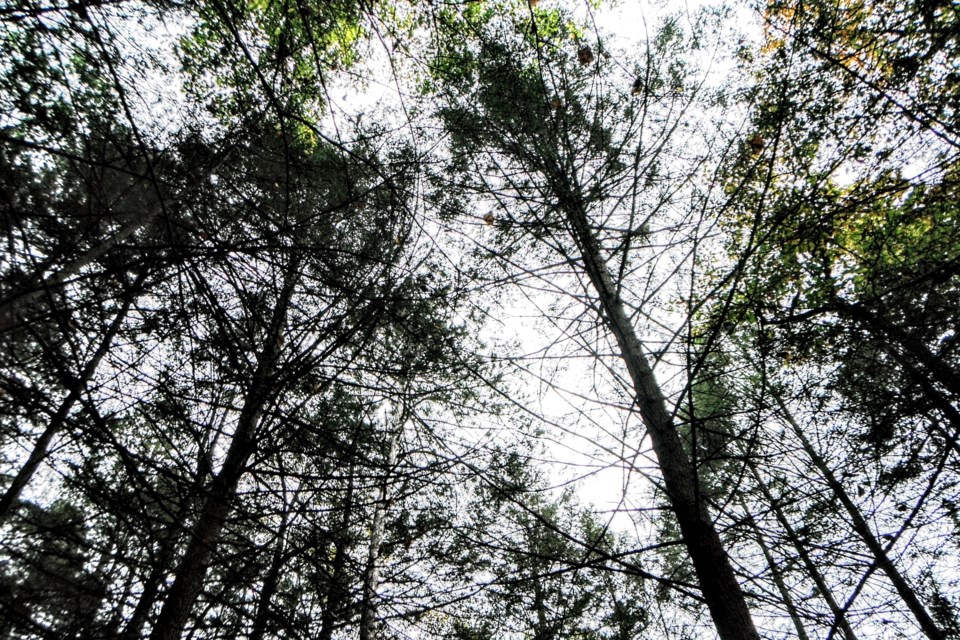A tiny Insect originally from Japan that attacks Hemlock trees continues its spread in Canada,
The Hemlock Wooly Adelgid was seen in the Niagara gorge in 2013. It also appeared in Toronto in 2012, and in southern Nova Scotia in 2017. The earlier Ontario outbreaks are believed to be eradicated.
But there are more.
Scientists from Natural Resources Canada have been tracking Adelgid for years.
Dr. Chris MacQuarrie of the NRC's Canadian Forest Service in Sault Ste. Marie says in theory at least the Hemlock Wooly Adeldid is not an immediate concern in Algoma.
He says that's because of our cold winters, believed enough to thwart the bug's progress.
"We're kind of at that edge of distribution. (On the map) you're almost always (on) Highway 17 all the way across.
"How it will do in Ontario is one of those things that we hope to be able to do research on. Is this part of Ontario safer for them? We think so. It's a research question that we're looking into," MacQuarrie added.
Still, it surprised researchers this summer when they also found Aldegid attacking trees in Cobourg, not far from Lake Ontario.
It reproduces without sexual mating so large quantities can be generated in a short period of time.
The bug is moving east and north spreading through Cobourg's Hemlock forests which stretch continuously to the Kawartha Lakes and Muskoka regions.
In the Cobourg area, the Canadian Forest Service crew saw large numbers of the insect as well as many dead Hemlock trees.
It suggests the bug had likely been present in that area for many years and may have spread beyond the known infestation.
Research is being conducted on tools such as silviculture (culling and replanting trees), biological controls and insecticides.
MacQuarrie says those with trees under attack who want to save them need to contact a professional arborist to apply an insecticide which has to be injected by a needle pushed into an infected tree's bark.
Adelgid is spread by wind, birds, and by transfer of infested logs to new areas.
It is a tiny aphid-like insect the size of a grain of pepper which covers itself in a white wool. It kills the tree by sucking the sap at the base of needles, draining the tree of its energy.
MacQuarrie says Hemlocks are precious to cottagers.
"Certainly in cottage country we know there's a fair amount of Hemlock...you might call it an amenity tree.
"These are the trees the folks might have down by the water or by the dock as they're sitting on the front porch looking across at some island.
"A good chunk of those trees are probably Hemlock so it's kind of an old growth species and they do really well near coastal water," he went on.
"They're these trees that people value for the look and are prized for their contributions to the ecosystem," MacQuarrie concluded.
